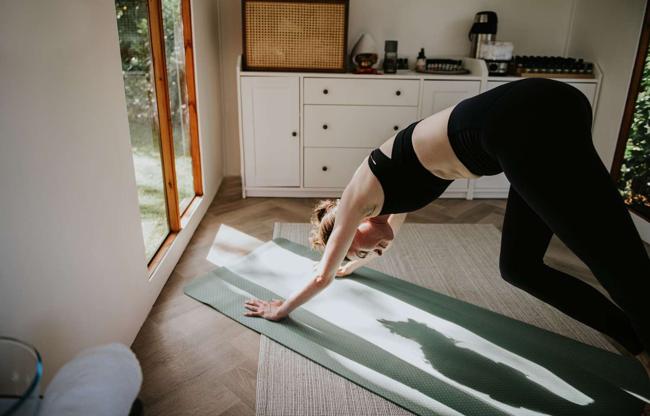
AI News Q&A (Free Content)
Q1: What are the historical origins and core philosophies of Yoga and Pilates, and how do they influence modern exercise practices?
A1: Yoga originated in ancient India, rooted in physical, mental, and spiritual disciplines designed to control the body and mind, as noted in texts like the Yoga Sutras of Patanjali compiled in the early centuries CE. Pilates, developed by Joseph Pilates in the early 20th century, focuses on mind-body connection, muscle control, and core strength. While Yoga emphasizes meditation and holistic well-being, Pilates prioritizes controlled movement and posture. Both have evolved to be global practices, shaping modern approaches to fitness, stress relief, and physical therapy.
Q2: How does regular practice of Yoga and Pilates impact physical health according to recent scientific evidence?
A2: Recent studies indicate that regular Yoga and Pilates practice improves balance, muscle conditioning, and flexibility in healthy adults. However, while Yoga is linked to broader health benefits including stress reduction and mental well-being, Pilates shows evidence for improved core strength and posture. There is limited clinical evidence supporting Pilates as a treatment for specific medical conditions, such as low back pain, but both methods are widely adopted for general fitness and rehabilitation.
Q3: What are the key differences between traditional Yoga as practiced in India and modern Western interpretations?
A3: Traditional Yoga in India integrates physical postures (asanas), breath control, meditation, and ethical guidelines, aiming for spiritual enlightenment and liberation (kaivalya). In contrast, Western Yoga often focuses on the physical aspects—mainly asanas—as a form of exercise and stress relief, with less emphasis on meditation and philosophical teachings. This shift has contributed to Yoga's popularity as a fitness regimen in the West.
Q4: How has the integration of technology and data analysis advanced the understanding and teaching of Yoga postures in recent research?
A4: A 2023 study introduced the 3DYoga90 dataset, featuring the largest publicly available collection of RGB videos and 3D skeleton sequences of Yoga poses. This resource allows for advanced AI-driven pose assessment and action recognition, enhancing both research and instructional methods. The dataset provides a hierarchical structure for pose analysis and benchmarking, enabling precise feedback and tailored training for practitioners.
Q5: What role do breath control and mindfulness play in Pilates compared to Yoga?
A5: Both Yoga and Pilates emphasize breath control and mindfulness, but Yoga traditionally integrates these elements as part of a broader spiritual practice, often using pranayama (breath regulation) and meditation. Pilates, meanwhile, incorporates breath as one of its 'five essentials,' focusing on breath coordination with controlled movements to support spinal alignment and core activation. Mindfulness in Pilates centers on body awareness, while in Yoga it extends to mental clarity and spiritual awareness.
Q6: What does recent scientific literature suggest about the effectiveness of Yoga and Pilates in rehabilitation and prevention of injuries?
A6: Scientific literature from the past five years suggests that Yoga and Pilates are effective as complementary practices in rehabilitation settings, particularly for improving flexibility, balance, and muscle conditioning. While Yoga has broader evidence for stress reduction and functional improvement, Pilates is more specifically cited for enhancing core stability and posture, which can help prevent musculoskeletal injuries. However, neither method is regarded as a standalone treatment for chronic pain.
Q7: How widespread is the practice of Pilates globally, and what evidence exists regarding its popularity and demographic reach?
A7: Pilates is practiced by over 12 million people worldwide, with significant uptake in developed countries like Australia, Canada, Germany, South Korea, New Zealand, the UAE, the UK, and the US. Its popularity spans a wide range of ages and fitness levels, attributed to its adaptability for general fitness, rehabilitation, and athletic conditioning. This global reach reflects the growing demand for holistic exercise modalities that emphasize both physical and mental well-being.
References:
- Yoga - Wikipedia: https://en.wikipedia.org/wiki/Yoga
- Pilates - Wikipedia: https://en.wikipedia.org/wiki/Pilates





